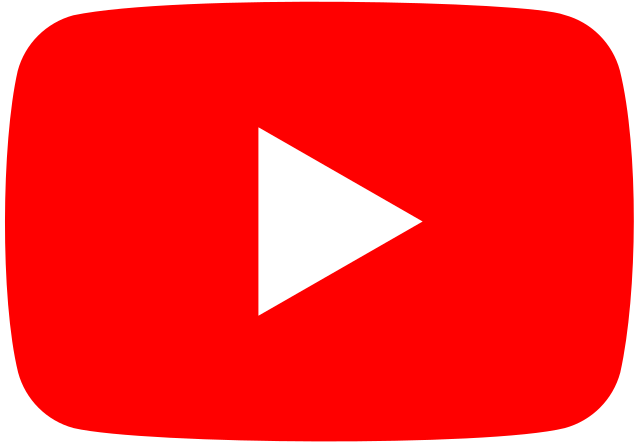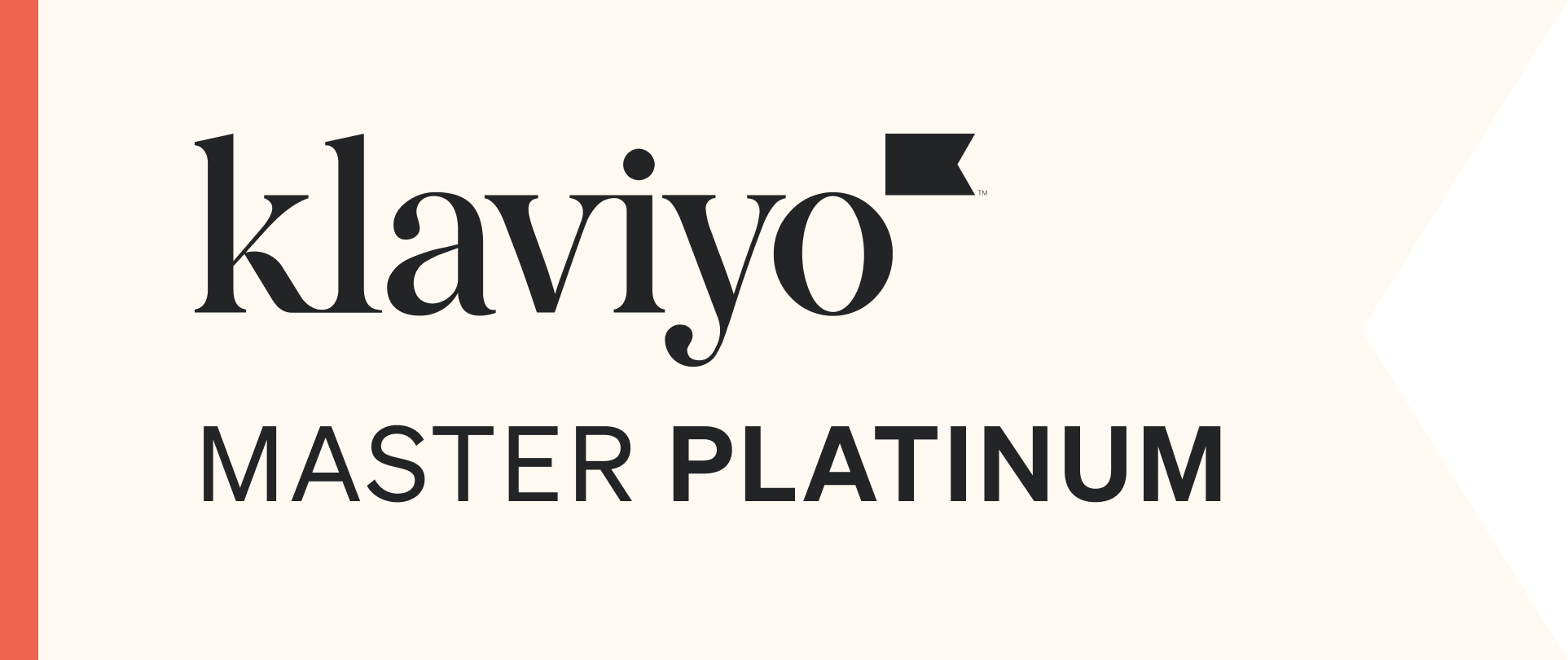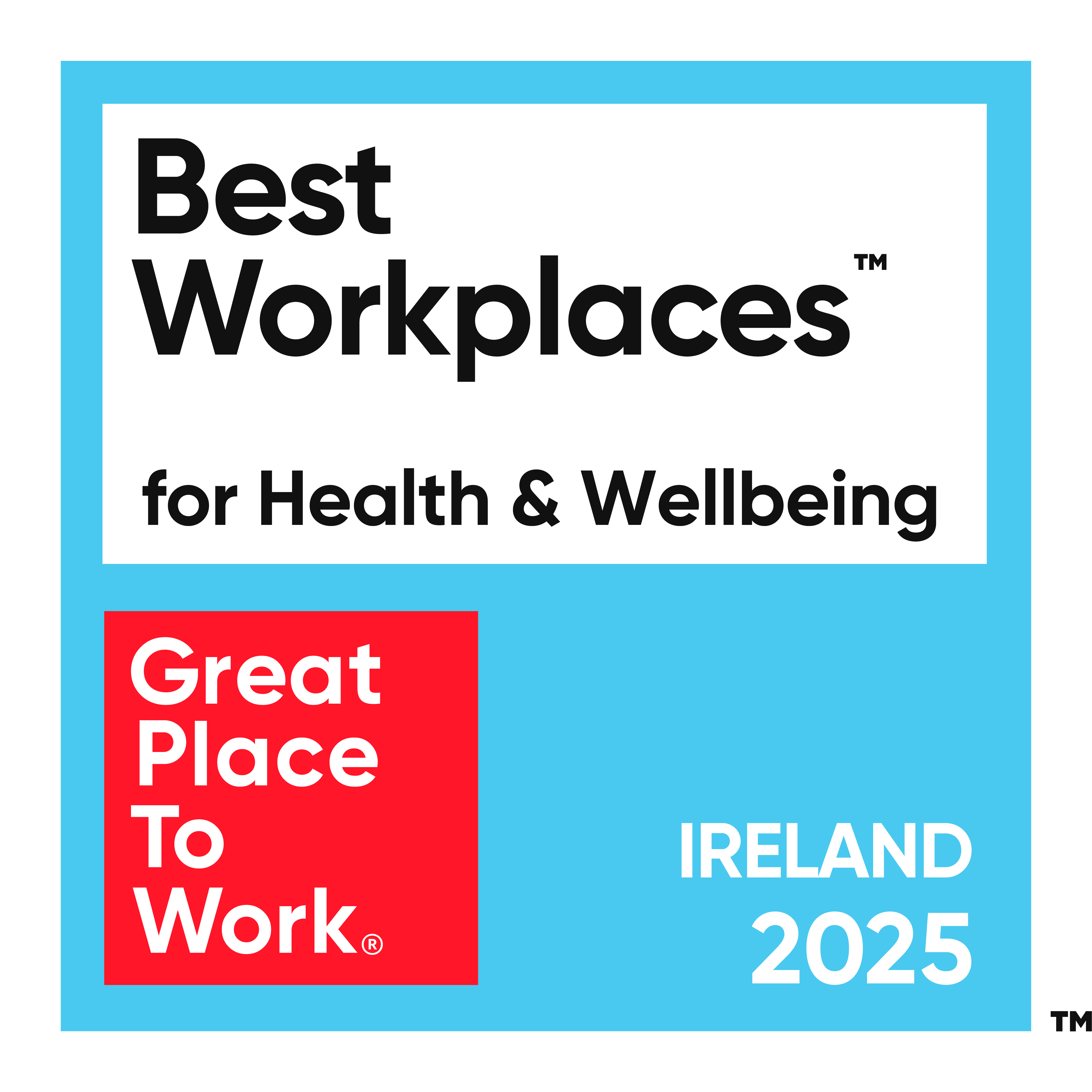By Michaela Simpson on 24 Aug 2015
Searchmetrics’ latest Ranking Factors & Correlations study confirms that you can’t do SEO without investing in content. After just four years of annual publication, you’ll be hard pressed to find a more anticipated release in the digital marketing world than Searchmetrics’ Ranking Factors & Correlations study.
2012 – 2015: From Keywords to Content
The strength and authority of the Searchmetrics studies come from its methodology and sample size, analysing the top 30 Google search results for 10,000 search terms. The indications emerging from ‘Search Ranking Factors & Rank Correlations 2015’, are that Google’s war on unnatural backlinks, thin content, keyword manipulation and technically inferior websites is increasingly evident in its search engine results pages.
Here we take a look at the rise and fall of various ranking factors since the first Searchmetrics report in 2012 and explore the key takeaways from the latest report.
2012: The Quest for the Backlink
The first study in 2012 was a giant leap forward in establishing a hierarchy of practices and elements that correlate with SEO results. The correlating factors were dominated by the number of backlinks and social signals.
2012 Key Findings:
- Social media signals (i.e. Facebook Shares / Likes / Comments, Tweets) showed an extremely high correlation with rankings.
- The quantity of backlinks had the second highest correlation with good rankings.
- The value of having a mixture of follow and ‘nofollow’ links, to create a more ‘natural’ looking backlink profile was noted.
- Domain names that included the keyword, correlated with top rankings.
2013: The Beginning of the End for the Keyword
The 2013 study improved greatly on its predecessor, considering a host of added ranking factors including site speed, number of internal links and keyword use in the body.  2013 Key Findings:
2013 Key Findings:
- The end of “hard keyword optimisation”.
- The importance of keywords in the URL or domain decreased significantly.
- The importance of keywords in backlink anchor text also decreased.
- Replacing the keyword was content, with more text and more media integrations correlating with higher rankings.
- Social media signals continued to correlate strongly with good rankings.
- Quantity of backlinks was still key, however the quality of backlinks also emerged as an important factor.
- Technical factors such as URLs, meta descriptions and H1s were also shown to be important, not so much for achieving high rankings, but for avoiding a negative ranking impact.
2014: Understanding ‘Quality Content’
2014 was the year of Panda 4.0 and 4.1. The Panda algorithm is designed to prevent sites with poor quality content appearing in Google’s top search results. The 4.0 and 4.1 updates to the algorithm were thought to have affected 7.5% and 3-5% of search queries respectively. Google was taking its mission to identify ‘Quality Content, very seriously. This was reflected in Searchmetrics 2014 study. Once again, more ranking factors were added to the study, particularly around content. This helped to put a firmer definition on what exactly qualifies as ‘Quality Content’.  2014 Key Findings:
2014 Key Findings:
- High quality content was identified as a key ranking factor and was defined by properties including the use of related terms, higher word counts and greater media enrichment.
- Technical performance was once again shown to be a key factor contributing to good ranking. These factors included short loading times and proper use of meta tags.
- Once again quantity and quality of backlinks correlated strongly with the best ranking sites.
- The correlation between social signals and rankings, remained strong.
- User signals were measured as a ranking factor for the first time and proved to be important, with higher click-through-rates, lower bounce rates and higher time-on-site correlating highly with rankings.
2015: Squeaky Bum Time for the Backlink
Just as in previous years, this year’s study categorised ranking factors into 5 subjects;
- Content
- User experience (added in 2014)
- Technical
- Social signals
- Backlinks
The infographic design however, has changed dramatically, shifting away from the trusty bar chart towards a deck of cards interpretation. I’m far from blown away by it, but let it take nothing away from the content of the study. * 
2015 Key Findings:
Content
Following the trend from 2014, the 2015 study highlights that high quality and relevant, holistic content is more important than ever. The factors that make up ‘Quality Content’ include;
- Use of bullet points, and the more of them the better.
- Use of relevant terms, those distant relevant terms to the initial search query. For example, relevant terms in a page about tooth whitening might include ‘laser’, ‘smile’ and ‘staining’.
- Higher word counts. The average word count for the Top 30 results is up from 902 in 2014 to 1,140 in 2015.
- Top ranking pages tend to have bigger word counts but are simultaneously easier to read. There are many online tools that let you check the readability of your content, such as this one.
An interesting finding was that more internal pages were found in the Top 30 search results for the 10,000 search terms. As we know, Google’s mission is to provide the user with the page that provides the most accurate answer for a given search query. If you are optimising pages beyond your home page for topics that are important to your target audience, it looks like you are now more likely to reap the benefits from this and less likely to be crowded out by the more powerful, but less relevant home pages of competitors.
In 2015, the importance of all keyword factors fell yet again. The importance of keyword use in links, domain names, URLs, body text, headings and meta descriptions all declined. That’s not to say we can forget about keywords. Any good piece of content will provide the answer to what our customers want to know, and keyword research will show us what that is. However, a keyword strategy with no content strategy will set you on a fast track to SEO wilderness.
User Experience
Measured for the first time in 2014, strong user signal correlations with rankings are confirmed again in 2015. Key signals include;
- High CTR. The average CTR for position 1 is 32%.
- Low bounce rate. The average bounce rate for position 1 is 36%.
- High time on site. The average time on site for position 1 is 2:13 mins.
- On-site advertising has a negative correlation with ranking.
Technical
With users increasingly on-the-go and accessing pages from mobile devices, mobile usability and speed are more important than ever. Responsive web design and site speed both correlate highly with rankings. The average site speed in 1.16 seconds for the top 10 search engine results and 1.20 for the top 30.
Social signals
Google still maintains that it does not take social signals into account in its algorithm, but the correlation between them and rankings has been extremely strong for years. This year’s study is no different. Regardless of the precise cause and effect between social signals and ranking, the fact is that social signals remain important for brand awareness and help drive organic traffic to top ranking sites.
Backlinks
The most controversial finding of this year’s study is its assertion on the declining importance of backlinks. However, if anyone tells you backlinks are no longer important, believe it at your peril. Backlinks are still one of the most highly correlated factors with good rankings, but Searchmetrics have found that the strength of this correlation has decreased and predict its continued decline. The manipulation of backlinks has been a thorn in Google’s side for some time. It’s reasonable to believe that if Google can improve their collection and interpretation of other data like user signals, then they may justifiably place greater importance on these factors and level off the power of backlinks that they’ve always struggled to verify. Another potential reason for the declining correlation between backlinks and rankings is the fact that linking as a sharing mechanism is becoming less relevant, with social sharing and tagging very much taking over as the preferred way to recommend a web page to friends.
What Does the Latest Evolution in Search Mean for Your Website?
With five years of studies now at our disposal, we know that any cheeky shortcuts to SEO success you may find today will certainly be wiped out further down the line. Furthermore, on-page and technical factors are now a given. Implementing best practices in these areas is critical to your rankings, but it’s no longer a differentiating factor and won’t be enough to lift you above your competitors. Ultimately, everything is pointing towards content. There’s no shortcut to providing the outstanding content that your audience craves, loves and shares. After its war on two fronts with keywords and backlinks, it’s easy to see why Google is keen to improve its ability to correctly identify ‘Quality Content’ and why the web giant is not afraid to attach a high level of importance to it in its SERP algorithms.
*(Is there anyone who actually likes interpretation? I’d love to hear your thoughts on Twitter.)



.png)
.png)







_2025.png)

